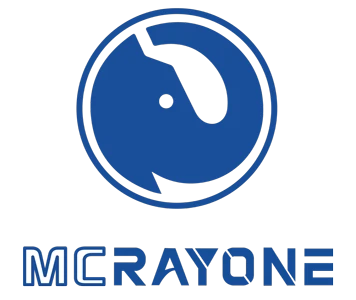The Introduction Of Two Soybean Oil Extraction Processes
The introduction of two soybean oil extraction processes
There are two soybean oil processing processes, namely pressing process and leaching process. Which process is better? It depends on your processing volume of soybean raw materials and your budget. The pressing process is well-knowing and is also used by many soybean oil mills. It takes low costs, small space.So it is economical and affordable. In comparison, the leaching process is more complex and the cost is slightly higher, but its residual oil rate can be controlled below 1% and the oil loss is small, making it the best choice for large soybean oil processing plants. 
1. Soybean oil pressing and processing technology
The soybean oil pressing process is a processing technology that separates the oil through pure physical pressing. The soybeans are removed from impurities by cleaning equipment such as cleaning screens, stone removers, and magnetic separators, then enter the tooth roller crusher for crushing, and then enter the softening pot, flaking machine, and steaming wok for processing, so that they can reach a good state before being squeezed. , and then enter the oil press for squeezing to obtain crude oil.

2. Soybean oil leaching processing technology
Leaching is a process that uses organic solvents to break down the oil in soybeans. The equipment used in the pretreatment stage is the same. After pretreatment, the soybeans enter the extruder for expansion. After drying, they enter the horizontal rotating extractor. The crude oil is obtained through solvent spraying and soaking.Comparing with the pressing process, the soybean oil extraction process has higher oil yield, larger processing capacity, and higher production efficiency, which is suitable for medium to large-scale soybean oil processing plants. When the processing capacity reaches around 20 tons per day, it is recommended to use the extraction processing technology, which can reduce the soybean oil material loss to 1%. This way, we can achieve a higher oil yield and ultimately increase profits. Of course, the equipment investment cost for the extraction process is relatively high, but the fully automated continuous production mode saves time and labor, leading to significant cost savings. The substantial return on investment can be expected in the long run.
 |







